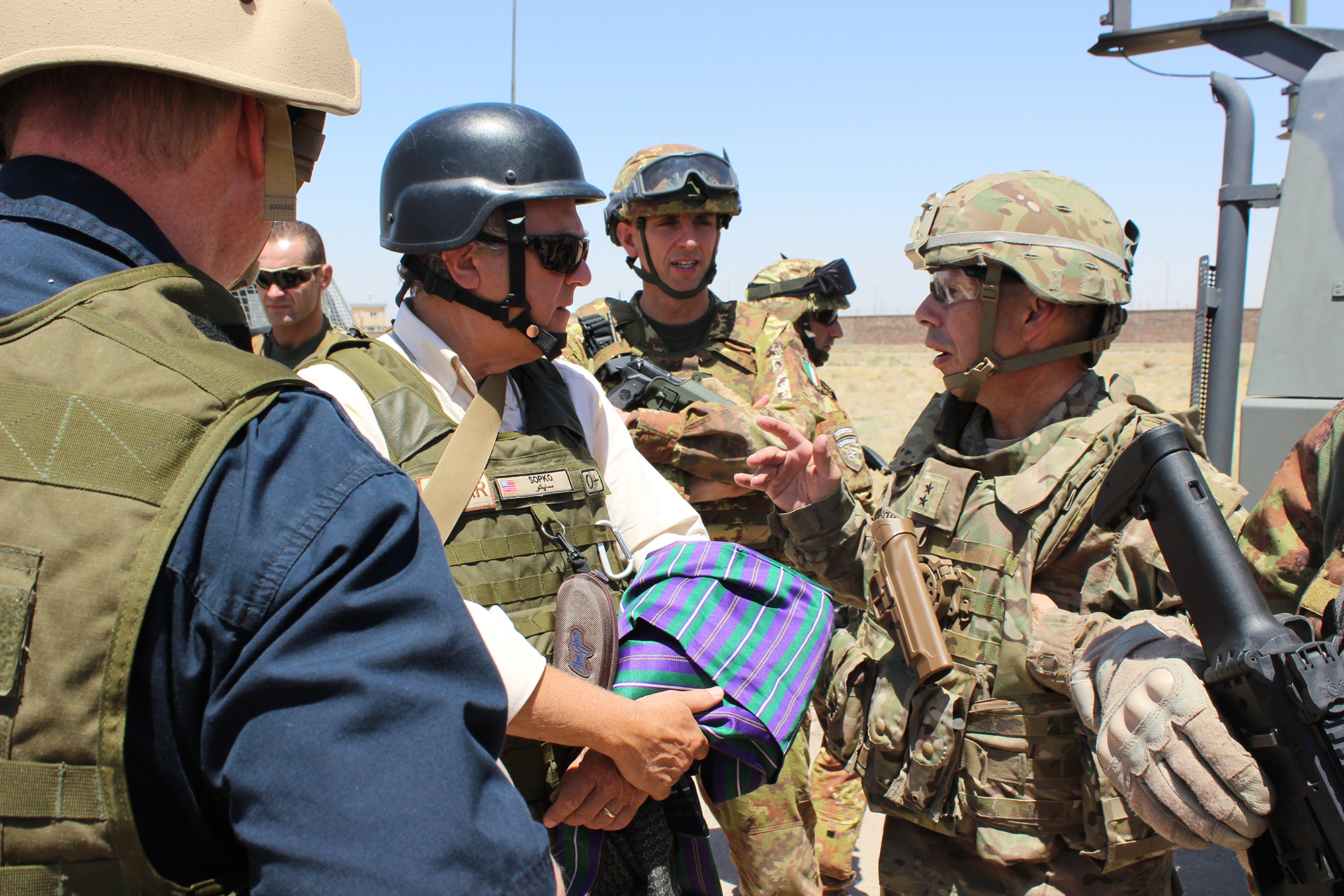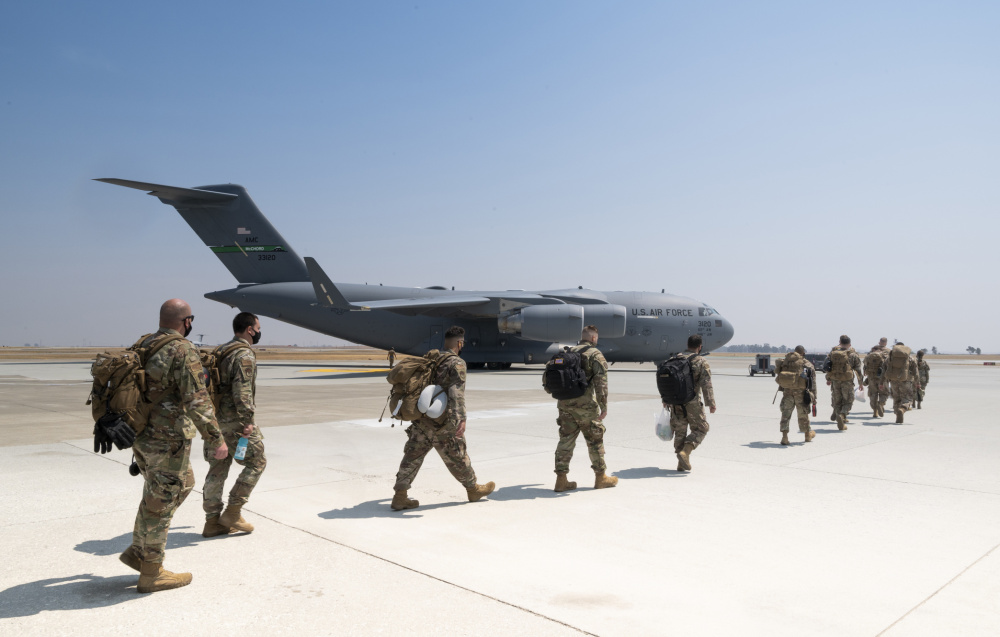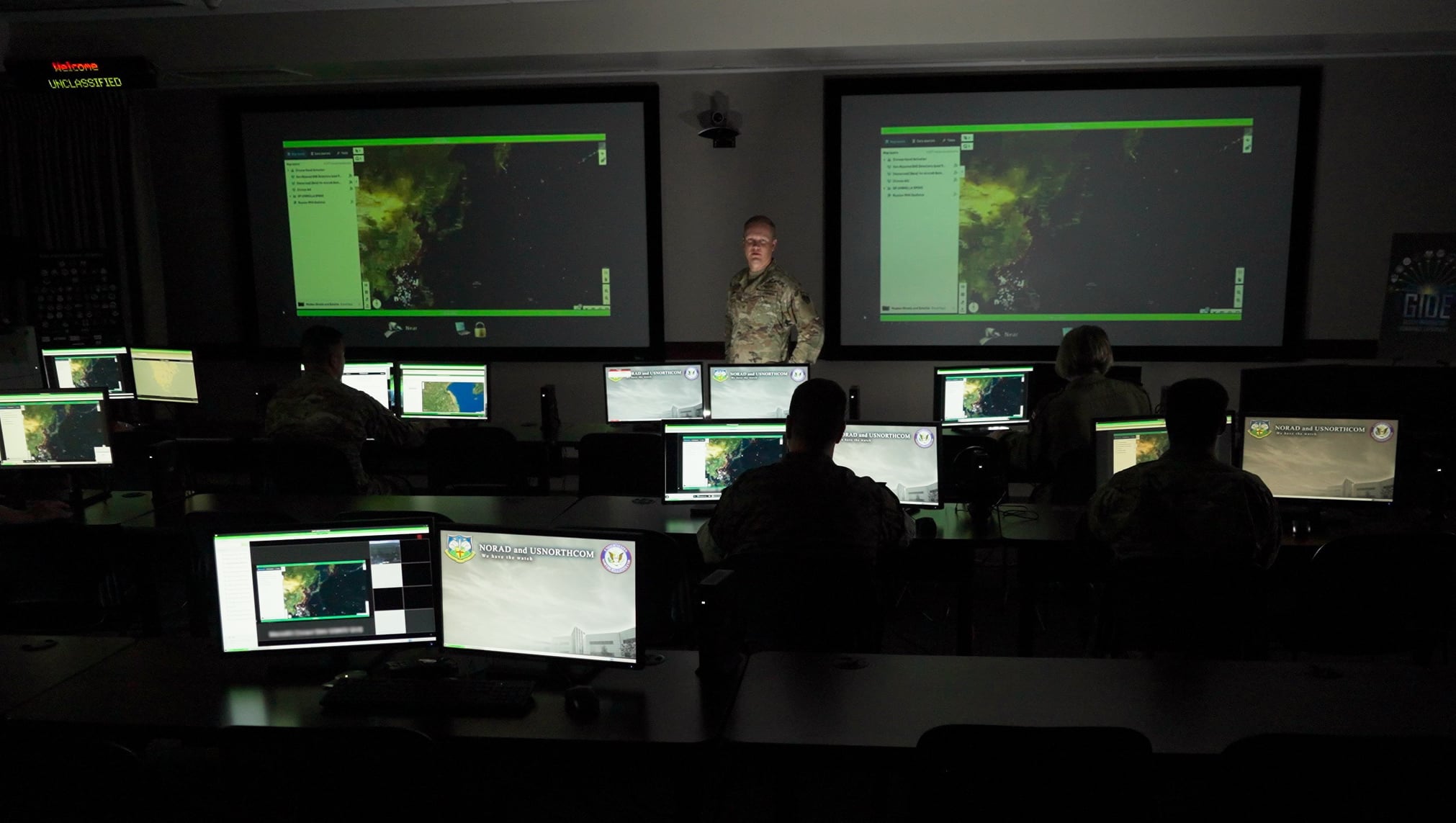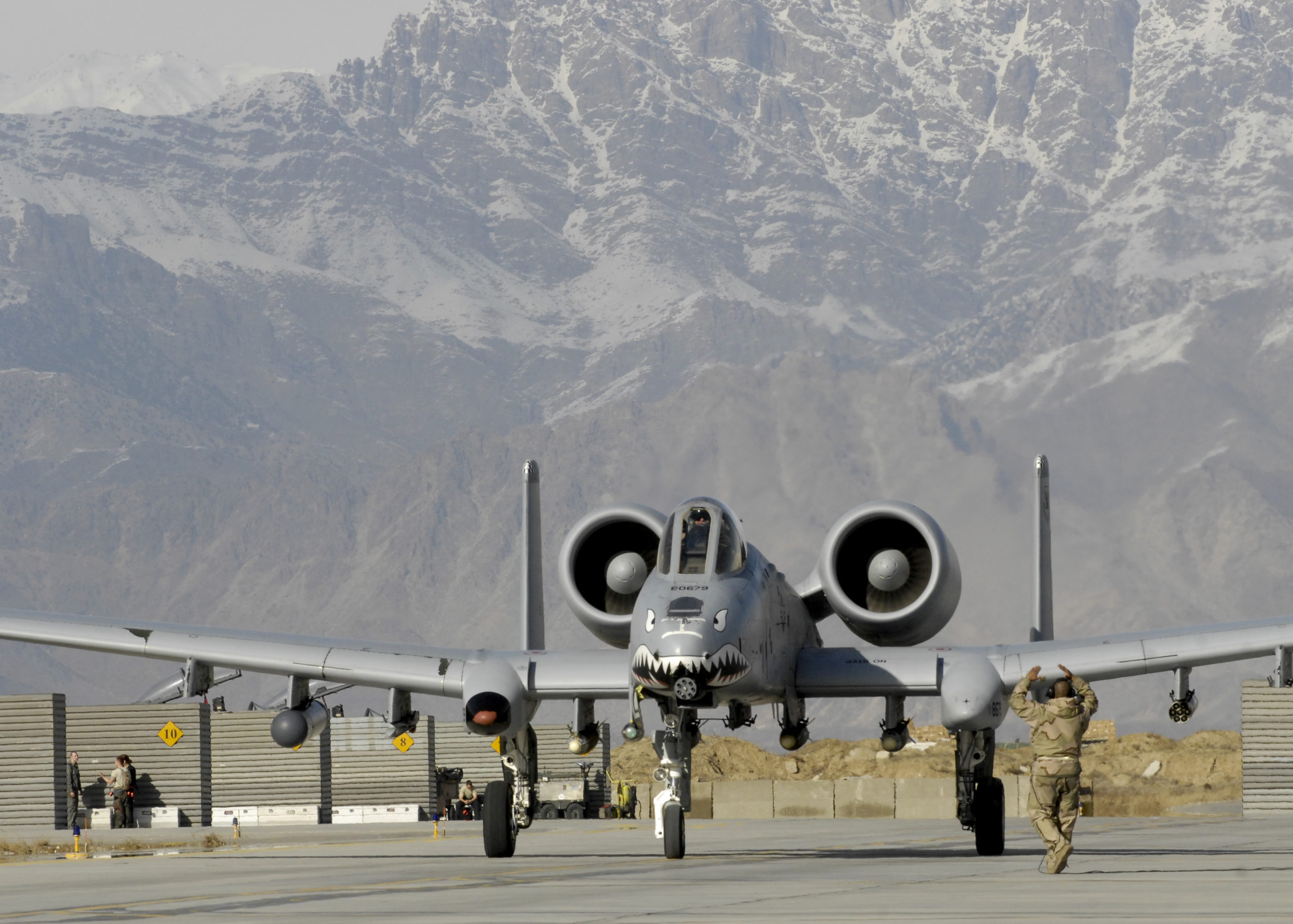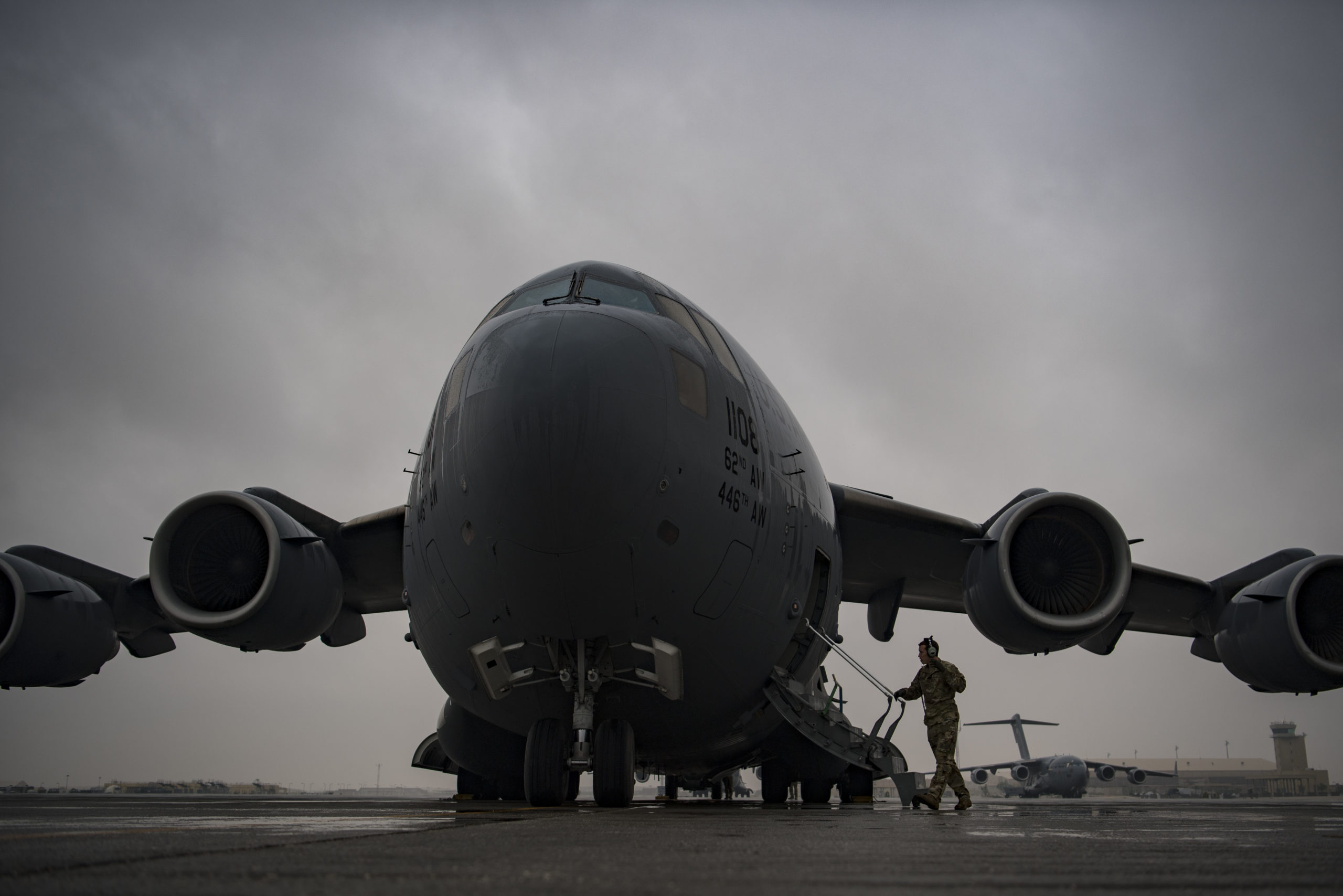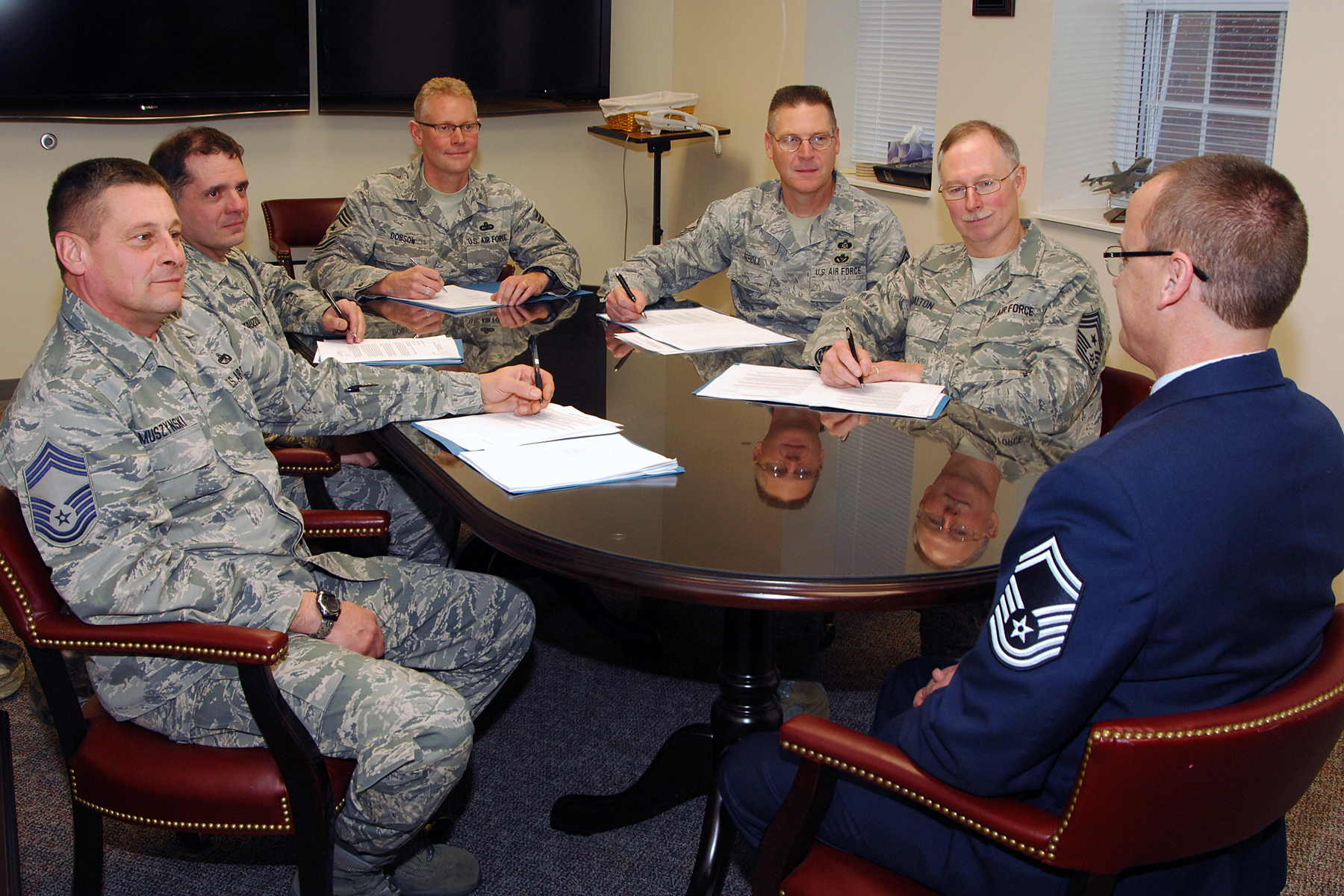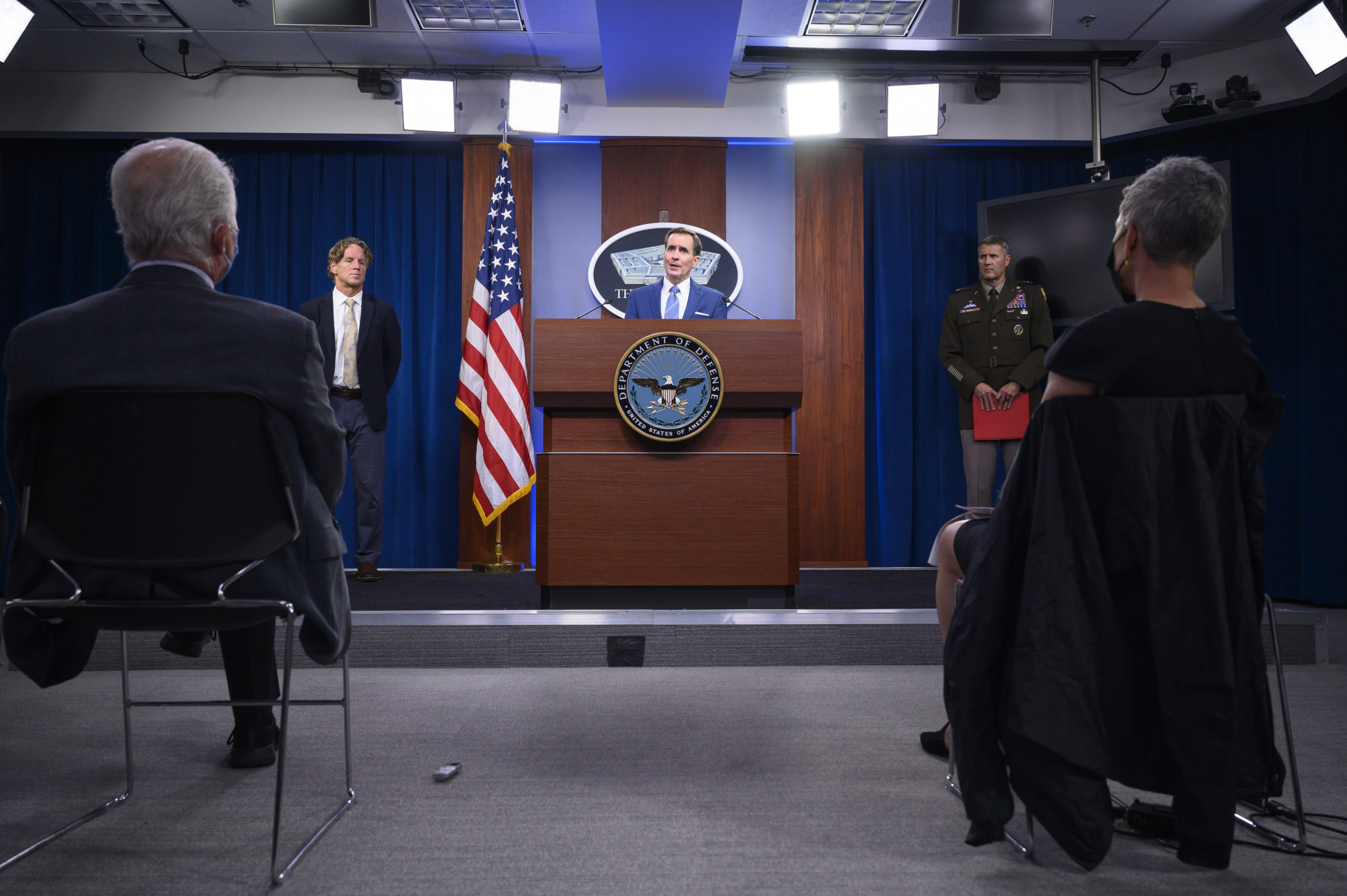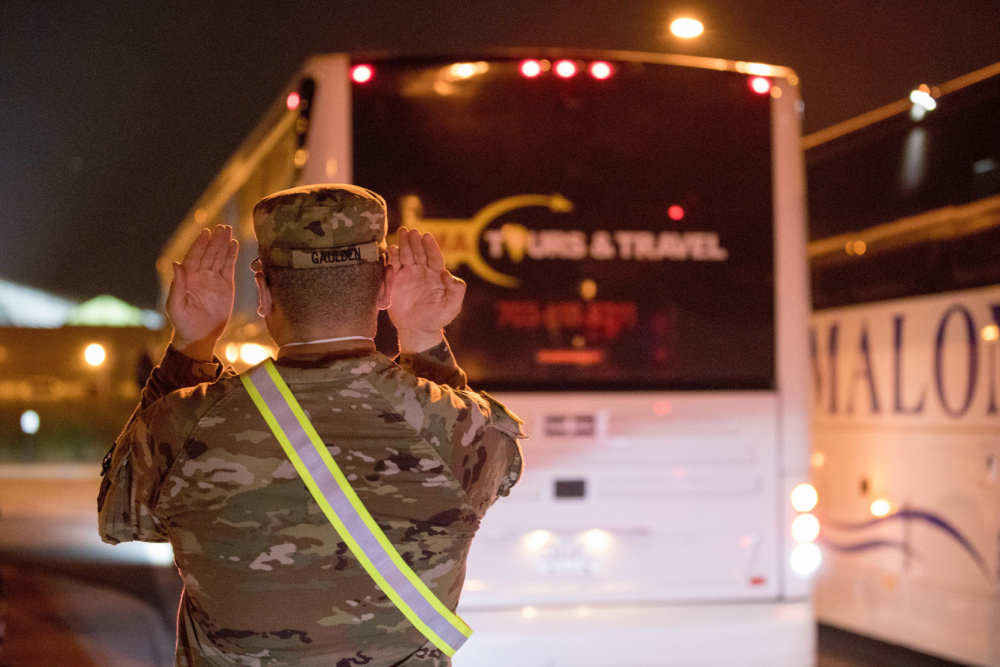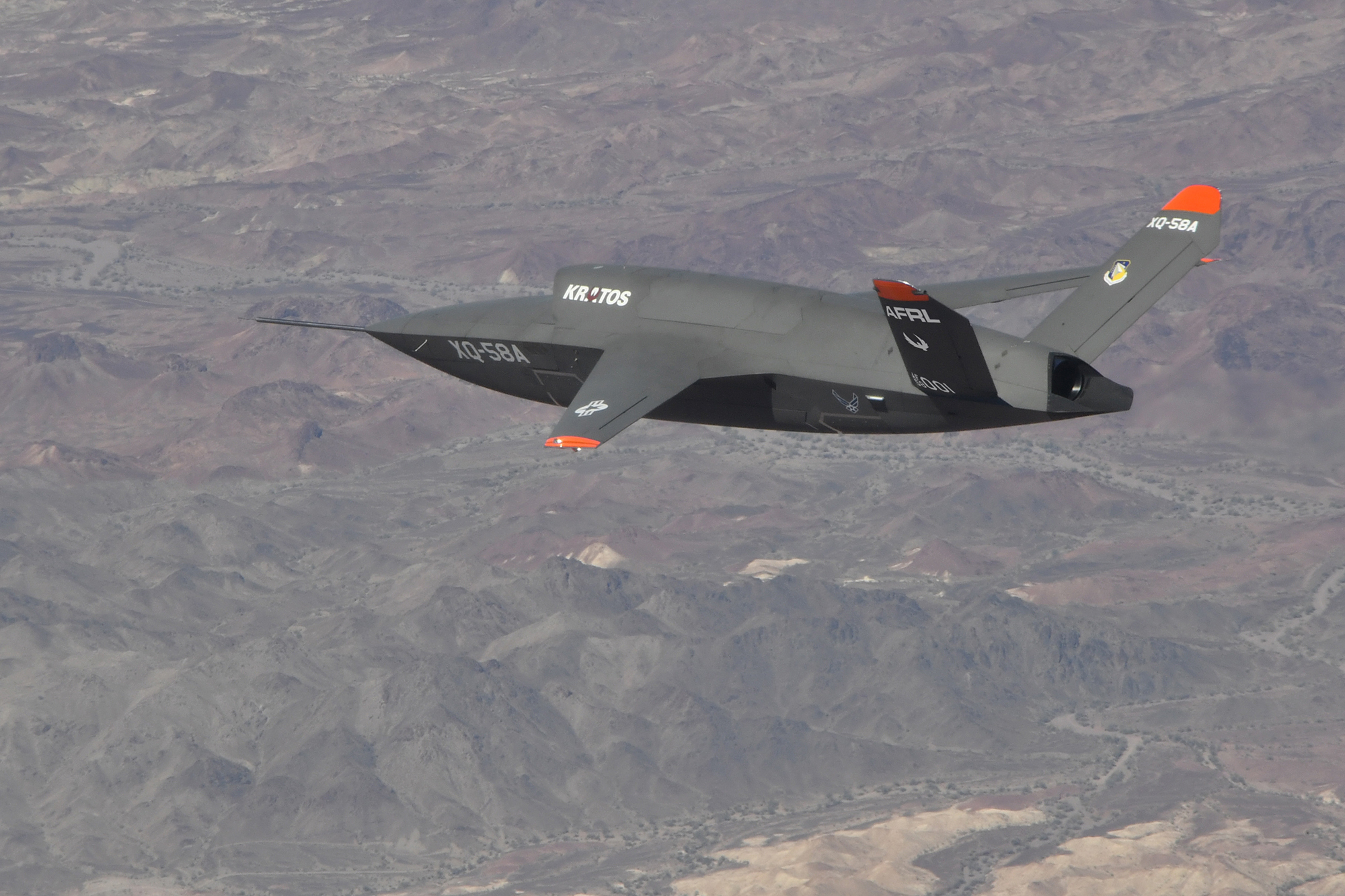The 11th and final Special Inspector General for Afghanistan Reconstruction (SIGAR) comprehensive lessons learned report reveals telltale signs over the 10-year U.S. drawdown that the Afghan government could not sustain progress made nor provide for its own security.
The scathing report, released Aug. 16, also criticizes the $145 billion reconstruction effort for harboring unrealistic goals and timelines but commends social progress such as lower child mortality rates and increased per capita GDP and literacy rates.
“If the goal was to rebuild and leave behind a country that can sustain itself and pose little threat to U.S. national security interests, the overall picture is bleak,” the report’s conclusion reads.
The final SIGAR report also appeared to predict the Afghan military’s capitulation and Taliban takeover.
It noted that the Taliban controlled more territory and that security had progressively worsened despite $83 billion spent to build the Afghan National Defense and Security Forces.
The reason, the report stated, was a failure of clear strategy.
“At various points, the U.S. government hoped to eliminate al-Qaeda, decimate the Taliban movement that hosted it, deny all terrorist groups a safe haven in Afghanistan, build Afghan security forces so they could deny terrorists a safe haven in the future, and help the civilian government become legitimate and capable enough to win the trust of Afghans,” the report reads. “Each goal, once accomplished, was thought to move the U.S. government one step closer to being able to depart.”
But after 10 years of escalating, the U.S. gradually began to decrease its footprint and spending, starting around 2011. That drawdown revealed “how dependent and vulnerable the Afghan government remains.”
The Afghan reliance on the U.S. military to sustain progress was long known.
“There [was] a fundamental gap of understanding on the front end, overstated objectives, an overreliance on the military, and a lack of understanding of the resources necessary,” Afghanistan strategy coordinator at the National Security Council from 2007 to 2013 Douglas Lute told SIGAR.
The report also states that resources were inadequate for the job and the agencies in charge were reversed from their customary roles.
DOD had a budget of $696 billion compared to the State Department’s budget of $56 billion. The security environment necessitated that the job of political reconstruction, normally a State Department role, was instead given to the Defense Department.
“U.S. policymakers had no other viable option but to lean on the military and simply pretend State holds the reins in such missions,” the report reads.
With America pulling out all its forces, the report provides questions for policymakers to consider to avoid waste in future reconstruction efforts.
The United States is currently involved in smaller scale reconstruction efforts in a host of war-torn countries, the report notes, including Mali, Burkina Faso, Somalia, Yemen, and Ukraine.
The Afghanistan reconstruction effort was seen by policy makers as a necessary pathway to prevent a terrorist safe haven.
“U.S. officials came to believe that even the narrow mission of keeping al-Qaeda from returning required rebuilding institutions, and these were plagued by increasingly interconnected reconstruction problems,” the report reads.
The harbinger of the Taliban seizing territory as the U.S. withdrew was known as early as 2014.
“The drawdown laid bare just how hollow the alleged progress had been,” the report reads. “Contested territory that had been cleared by U.S. forces was hastily ‘transitioned’ to Afghan officials who were not ready, allowing the Taliban to seize districts as U.S. forces vacated them.”
Meanwhile, the U.S. government pressured Afghanistan’s to drastically increase the size of its military and police force to provide its own security, but without necessary funding. To do so, the length of training was cut in half.
In March 2014, then-commander of U.S. Forces-Afghanistan Gen. Joseph Dunford told the Senate Armed Services Committee that when coalition forces withdrew, “the Afghan security forces [would] begin to deteriorate.”
He continued: “The only debate is the pace of that deterioration.”
A 2017 SIGAR report concluded that the U.S.-designed Afghan force “was not able to provide nationwide security, especially as that force faced a larger threat than anticipated after the drawdown of coalition military forces.”
Even as late as 2020, nearly a quarter of the Afghan National Army had to be replaced each year due to attrition and retention problems.
“Solders going AWOL was one of the challenges driving those elevated attrition rates,” the report stated.
In the summer of 2021, the Taliban seized more than a quarter of the country in weeks.
“What Ambassador Nicholas Burns observed about the war’s early years has remained true ever since: The Afghan government ‘cannot survive without us,’” the report quoted.
